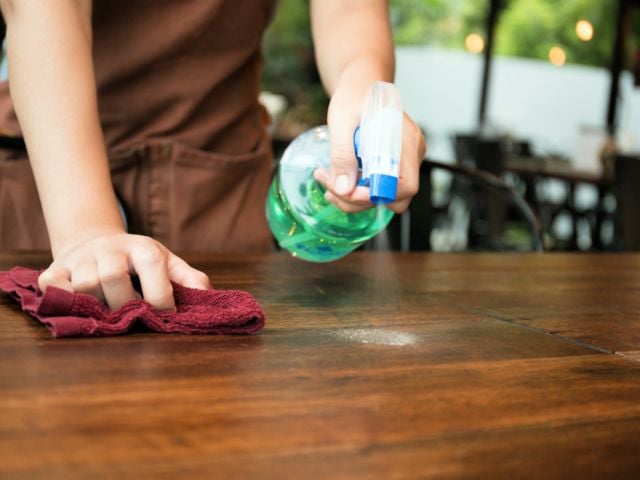WASHINGTON – Today, just ahead of Memorial Day weekend, the Environmental Working Group released its 12th annual Guide to Sunscreens, rating the safety and efficacy of more than 1,000 sunscreens, moisturizers and lip balms that advertise sun protection. EWG researchers found that 67 percent of the products don’t work well or contain ingredients that could harm health.
“The majority of sunscreens available in the U.S. aren’t as good as most consumers think they are,” said Sonya Lunder, a senior research analyst at EWG.
Most sunscreens on the market contain hormone-disrupting ingredients, like oxybenzone, which Hawaii lawmakers recently moved to ban due to its role in coral bleaching and coral death. Hawaii Gov. David Yutaka Ige has yet to sign the bill into law.
Research shows that oxybenzone is an allergen that soaks through skin and can be detected in the bodies of nearly every American. It is also a hormone disruptor. Despite the 2014 Sunscreen Innovation Act, the Food and Drug Administration hasn't approved any new sunscreen ingredients in a decade.
Oxybenzone is found in the majority of products on the market, including nearly all sunscreens advertising an SPF value greater than 50. David Andrews, an EWG senior scientist, said high SPF numbers are a marketing gimmick that could lead to overexposure.
“SPF values of 75, 80, or 100 lull Americans into thinking their skin is fully protected from the sun’s harmful rays for extended periods of time,” said Andrews. “People tend to misuse these high SPF products, spending more time in the sun without reapplying, putting them and their families at greater risk of UV damage.”
Sunscreen products are capped at SPF 50 in Europe and Japan, and 50+ in Canada and Australia. Capping SPF claims is one important way the FDA could improve consumer protection in the U.S., because sunscreen companies continue to flood the market with higher SPF products that offer inadequate UVA protection and leave consumers vulnerable to sun damage.
A poor quality sunscreen may prevent sunburn, but won’t shield skin from harmful ultraviolet A rays that cause skin aging and possibly melanoma. EWG estimates that half of all sunscreens on the U.S. market would not pass the more stringent European ingredient standards, which require stronger UVA protection.
“Americans deserve sunscreens that effectively filter harmful ultraviolet rays but don’t contain toxic chemicals,” said Carla Burns, a research analyst at EWG. “A few blistering sunburns during childhood can double a person’s risk of developing skin cancer as an adult.”
This year’s easy-to-use Guide to Sunscreens includes a list of the best-rated sunscreens for kids.
EWG’s guide helps consumers find products that get high ratings for providing broad-spectrum protection and that are made with ingredients that pose fewer health concerns.
Sunscreen is only one item in the sun safety toolbox. People should also protect their skin by wearing clothes, hats and sunglasses, and staying in the shade. But wearing sunscreen is still important.
“People are now more sun-aware and more concerned about protection,” said Burns. “A good SPF product is one you’re going to use every day and reapply at least every two hours.”
Here are some tips for choosing better sunscreens and keeping children safe in the sun:
- Avoid products with oxybenzone. This chemical penetrates the skin, gets into the bloodstream and block the male sex hormone androgen.
- Stay away from sunscreens with SPF values higher than 50+. High SPF values do not provide increased UVA protection and may fool you into thinking you’re safe from sun damage.
- Avoid sprays. These popular products don’t provide a thick and uniform coating on skin. They also pose inhalation concerns.
- Cover up with clothing, hats and sunglasses.
- Avoid intense sun exposure during the peak hours of 10 a.m. to 4 p.m.
Shoppers on the go can download EWG’s Healthy Living app to get ratings and safety information on sunscreens and other personal care products. Also be sure to check out EWG’s sunscreen label decoder.



